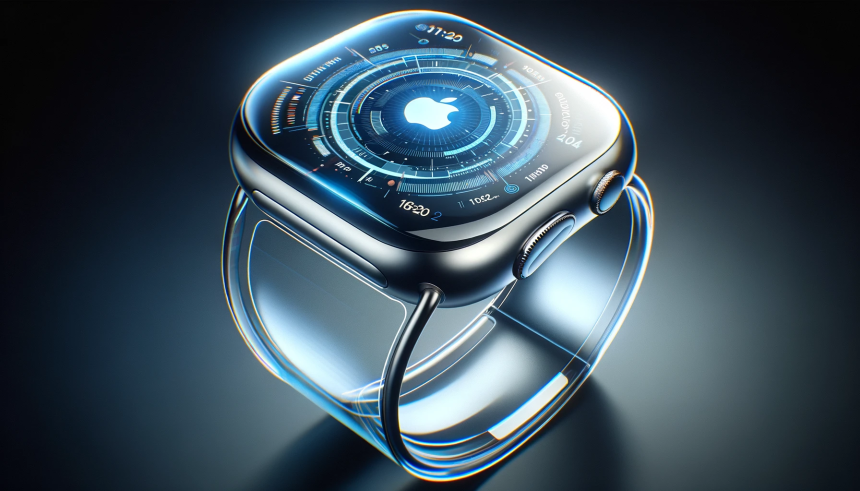When Apple debuted the Apple Watch SE 3, keen observers noticed key technical details were not outlined as prominently as expected, sparking curiosity among fans and analysts alike. Despite the company’s emphasis on affordability and user experience, nuances within the device’s architecture have surfaced, raising questions about transparency and innovation in Apple’s product strategy. A deeper look reveals that some hardware features are not entirely new, paralleling older offerings under the guise of refreshed branding.
Reports from earlier announcements of Apple Watch models highlighted the introduction of new chipsets with each generation, creating the impression of significant internal changes. However, technical examinations and reviews circulated after this presentation indicate that the Apple Watch SE 3 shares hardware similarities with previous models, specifically concerning its processing chipset. Such observations point to a recurring trend where chipset architectures are updated primarily in name, while the actual performance gains may remain modest or unchanged. This practice has become more noticeable as competitors release smartwatches with distinctively upgraded internals every year.
What chipset powers the Apple Watch SE 3?
The Apple Watch SE 3 is powered by the S8 chipset, which also featured in earlier Apple Watch Series 8 and Watch Ultra models. Apple did not emphasize during the launch that this chip mirrors the design and functional architecture of the previous S7 and S6 chips. Despite external expectations of a newer processor, the technical core remains consistent, offering reliability but not a substantial leap in performance or features.
How did Apple communicate the hardware updates?
During its presentation, Apple focused on overall user experience, watchOS enhancements, and affordability with the Apple Watch SE 3. The company chose not to address the chipset’s origins directly, creating an impression of a generational update. An Apple spokesperson stated,
“Apple Watch SE delivers powerful performance at an accessible price point for new users.”
However, those seeking significant hardware changes in performance may not notice major differences compared to earlier models.
What does this mean for consumers evaluating upgrades?
For users looking to upgrade from the first-generation SE or Series 6, the similarities in processor technology suggest that changes are more incremental rather than revolutionary. Software optimizations in watchOS maintain smooth operation, but tangible differences in speed or battery life may be limited due to the chipset’s unchanged architecture. As Apple explained in a follow-up statement,
“We design our products to deliver value and performance for a wide audience.”
The rest of the improvements for the SE 3 tend to center on design and price accessibility.
Shoppers comparing the latest Apple Watch SE model to competitors or other Apple devices should weigh the revealed technical details against advertised claims. While the company often reuses existing chipsets in more affordable models to maintain lower production costs, this approach is less obvious as marketing materials leave chipset specifics understated. Although Apple continues to provide consistent updates through software, advances in core hardware typically appear first in flagship devices. Buyers who prioritize processor innovations might consider this when planning an upgrade or choosing between models, as the difference in daily use may not always align with the perceived generational leap.
- Apple Watch SE 3 uses the same S8 chipset as earlier models.
- The company did not highlight the chipset’s repeat use at launch.
- Performance differences from earlier models may be modest for users.










